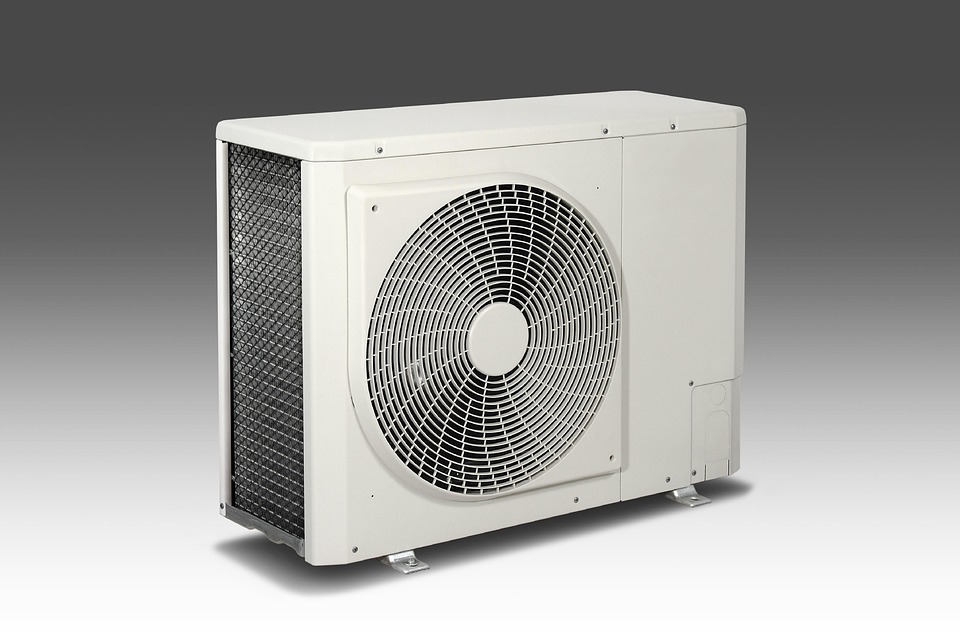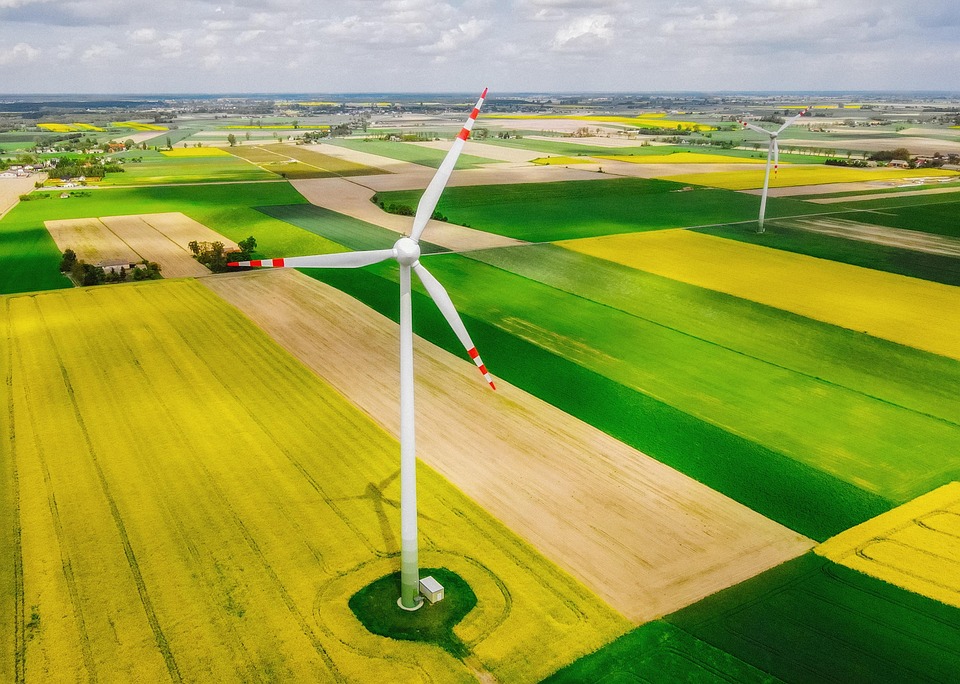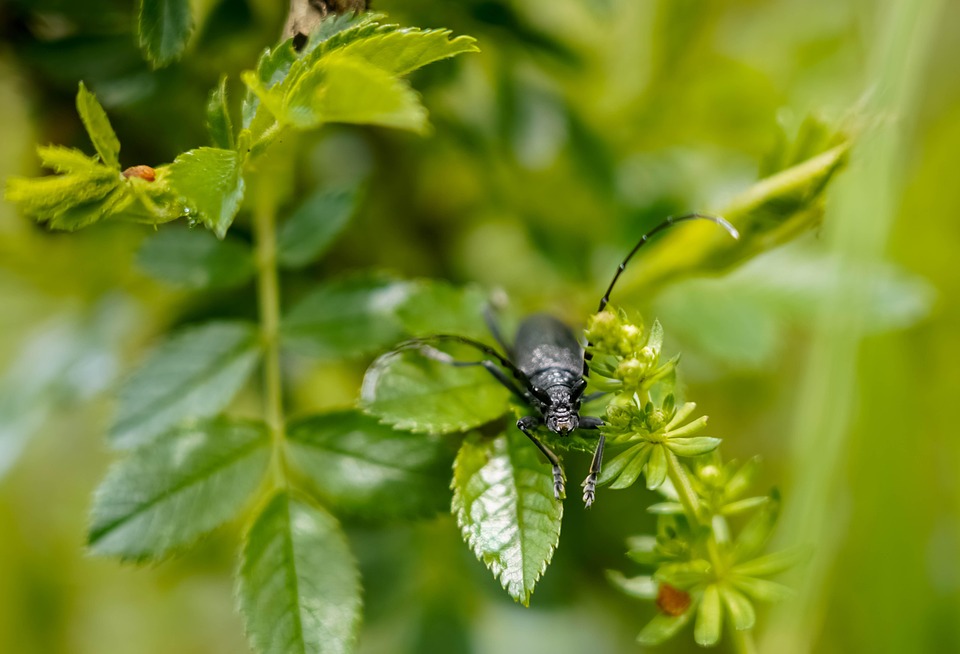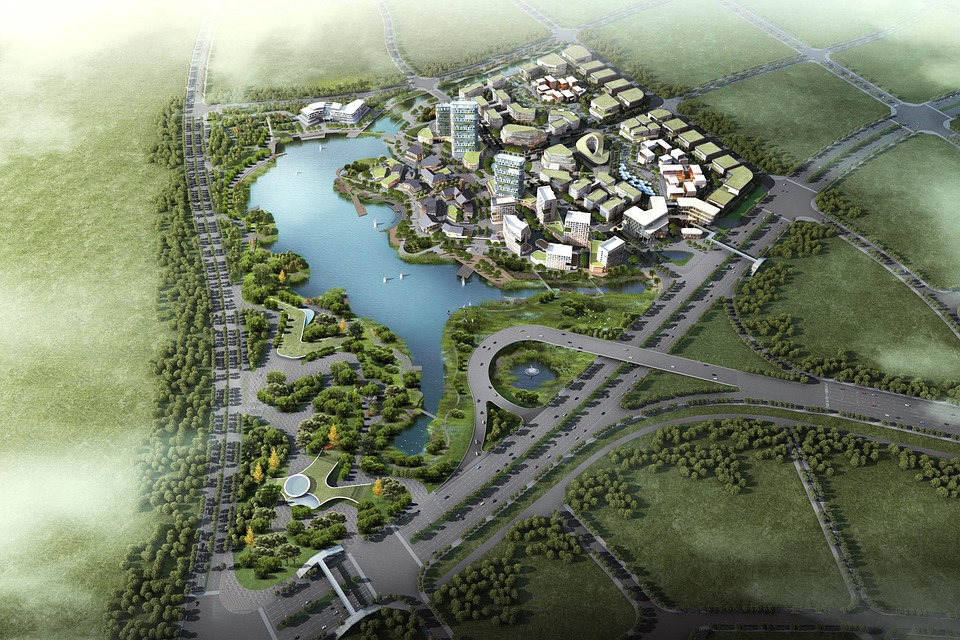As the global population continues to grow, the need for a food system that not only feeds people but also protects our planet has never been more critical. Sustainable agriculture stands at the forefront of this movement, presenting opportunities to align ecological health with food production. This article delves into the future of food, emphasizing how sustainable agricultural practices can enhance ecological resilience, promote biodiversity, and secure food security.
Understanding Sustainable Agriculture
Sustainable agriculture refers to farming practices that meet current food needs without compromising the ability of future generations to meet theirs. This approach emphasizes environmentally friendly methods that minimize resource depletion and pollution while optimizing productivity. Key principles include crop rotation, agroforestry, organic farming, reduced chemical use, and integrated pest management.
The Ecological Impact of Conventional Agriculture
Historically, conventional agriculture has prioritized high yield at the expense of ecological health. The extensive use of synthetic fertilizers and pesticides has led to soil degradation, water shortages, and loss of biodiversity. According to a study by the Food and Agriculture Organization (FAO), agricultural practices contribute significantly to climate change, accounting for nearly 20% of global greenhouse gas emissions.
Emphasizing Biodiversity
One of the most significant advantages of sustainable agriculture is its ability to enhance biodiversity. Diverse farming systems are more resilient and better equipped to adapt to changing environmental conditions. Practices such as polyculture—the cultivation of multiple crops in the same space—encourage a wide variety of organisms, from beneficial insects to soil microorganisms. This biodiversity helps to combat pests naturally, reducing the reliance on chemical pesticides, and enhances soil health, thus supporting sustainable crop yields.
Soil Health: The Foundation of Ecological Sustainability
Healthy soil is imperative for productive agriculture, and sustainable practices directly contribute to soil vitality. Techniques like cover cropping, reduced tillage, and composting enrich soil organic matter, enhance water retention, and improve nutrient cycling. Healthier soils are not only crucial for increasing agricultural productivity but also for sequestering carbon, which plays a role in mitigating climate change.
Water Management for Sustainability
Water scarcity is one of the most pressing challenges facing agriculture today. Sustainable practices such as rainwater harvesting, drip irrigation, and water-efficient crop selection help to manage water resources more effectively. By reducing water waste and improving water quality, sustainable agriculture contributes to the ecological health of surrounding ecosystems.
Agroecology: Bridging Science and Tradition
Agroecology is an emerging paradigm within sustainable agriculture that combines traditional farming knowledge with modern scientific research. This approach prioritizes local ecosystems, cultural practices, and community involvement in developing sustainable food systems. Agroecological practices not only increase productivity but also empower local communities, ensuring food sovereignty and economic stability.
Climate Resilience through Sustainable Practices
The agriculture sector is at the mercy of climate change. Adapting to rising temperatures, shifting precipitation patterns, and extreme weather events is crucial for maintaining food security. Sustainable practices enhance resilience by promoting crop diversity, improving soil health, and utilizing agroecosystem services. Farmers who adopt sustainable methods are often better prepared to withstand climate impacts, ensuring stable food production even in the face of environmental challenges.
Technological Innovations in Sustainable Agriculture
Innovation plays a pivotal role in advancing sustainable agricultural practices. Precision agriculture, which employs technology to monitor crop and soil health, allows for effective resource management, reducing waste and environmental impact. Drones, soil sensors, and data analytics enable farmers to make informed decisions, optimizing inputs while minimizing ecological footprints.
The Role of Consumers
The future of food is not solely in the hands of farmers; consumers also play a significant role in promoting sustainable agriculture. By choosing locally-sourced, organic, and sustainably-produced food, individuals support practices that prioritize ecological health. Additionally, reducing food waste and embracing plant-based diets can help alleviate pressure on agricultural systems.
Conclusion: A Vision for the Future
The path toward a sustainable food system is embedded in the principles of ecological health. By embracing sustainable agricultural practices, we can foster biodiversity, improve soil and water management, and enhance community resilience against climate change. This future is achievable—but it requires collaboration among farmers, consumers, policymakers, and scientists to cultivate a food system that nourishes both people and the planet. Together, we can sow the seeds for a sustainable agricultural future, one that harmonizes food production with ecological integrity, ensuring health for generations to come.









